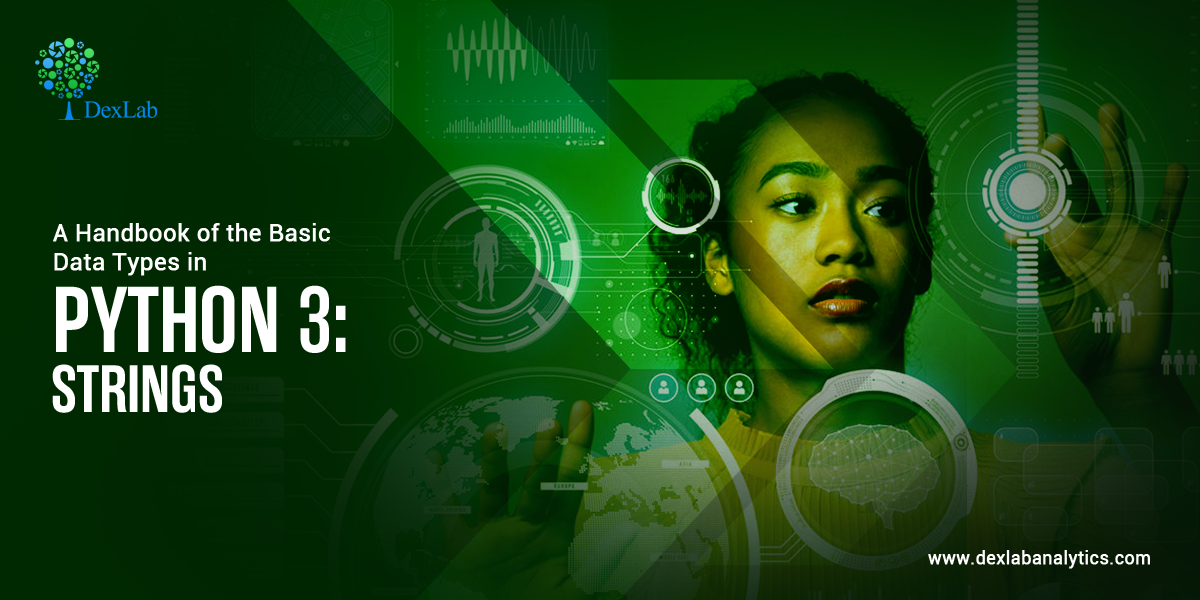

Set objects also support mathematical operations like union, intersection, difference, and symmetric difference. Basic uses include membership testing and eliminating duplicate entries. A set is an unordered collection with no duplicate elements. Use the type() function to get the type of a value. Python also includes a data type for sets.Use type conversion functions such as int(), float(), bool(), and str(vaue)to convert a value from one type to another.Use the input() function to get an input string from users.And you’ll learn more about the class later. In front of each type, you see the class keyword. And the True value has the type of bool.The string 'Hello' has the type of str.To get the type of a value, you use the type(value) function. Some of the important types are listed below: Numbers Data Type. str(val) – return the string representation of a value.bool(val) – convert a value to a boolean value, either True or False.float(str) – convert a string to a floating-point number.These tutorials focus on the absolutely essential things you need to know about Python. The following shows the most important ones for now: On this page you’ll find fundamental concepts for Python beginners that will help you get started on your journey to learn Python.

#Python basic types code#
The net price is $ 10.0 Code language: Python ( python ) Other type conversion functionsīesides the int(str) functions, Python support other type conversion functions. float It is used to store floating-point numbers like 1.5, 701.89, 15.2, etc. long This integer is used for a higher range of values like 908090800L, -0x1929292L, etc. There are 4 types of numeric data: int It is used for signed integers like 12, 2, 7, etc. Integers include only whole-value numbers, but they can be of any length, limited only by your system’s memory. Python creates Number objects when a number is assigned to a variable. If you run the program, and enter some values, you’ll see that it works correctly: Enter the price ($): 100 Python has three data types for numerical values: integers, floating-point numbers, and complex numbers.
#Python basic types free#
Print( f'The net price is $ ') Code language: Python ( python ) Free Bonus: Click here to get our free Python Cheat Sheet that shows you the basics of Python 3, like working with data types, dictionaries, lists, and Python functions. After that, it calculates the net price and displays the result on the screen: price = input( 'Enter the price ($):') The following example prompts you for entering two input values: net price and tax rate. However, the input() function returns a string, not an integer. If you enter a value, for example, a number, the program will display that value back: Enter a value: 100 100 Code language: Python ( python ) When you execute this code, it’ll prompt you for input on the Terminal: Enter a value: Code language: Python ( python ) Print(value) Code language: Python ( python ) Python For Loop: Check out different ways to implement python for loop with syntax, types, application, use cases, samples questions & more. For example: value = input( 'Enter a value:')

To get input from users, you use the input() function. Introduction to type conversion in Python Floating-point numbers, or floats, include decimal places. Integers include only whole-value numbers, but they can be of any length, limited only by your system’s memory. NLTK (Natural Language Toolkit) NLTK a.k.a Natural language toolkit is one of the most popular python NLP libraries. Python Dictionaries Access Items Change Items Add Items Remove Items Loop Dictionaries Copy Dictionaries Nested Dictionaries Dictionary Methods Dictionary Exercise Python If.Else Python While Loops Python For Loops Python Functions Python Lambda Python Arrays Python Classes/Objects Python Inheritance Python Iterators Python Polymorphism Python Scope Python Modules Python Dates Python Math Python JSON Python RegEx Python PIP Python Try.Summary: in this tutorial, you’ll learn about type conversion in Python and some useful type conversion functions. Python has three data types for numerical values: integers, floating-point numbers, and complex numbers.


 0 kommentar(er)
0 kommentar(er)
